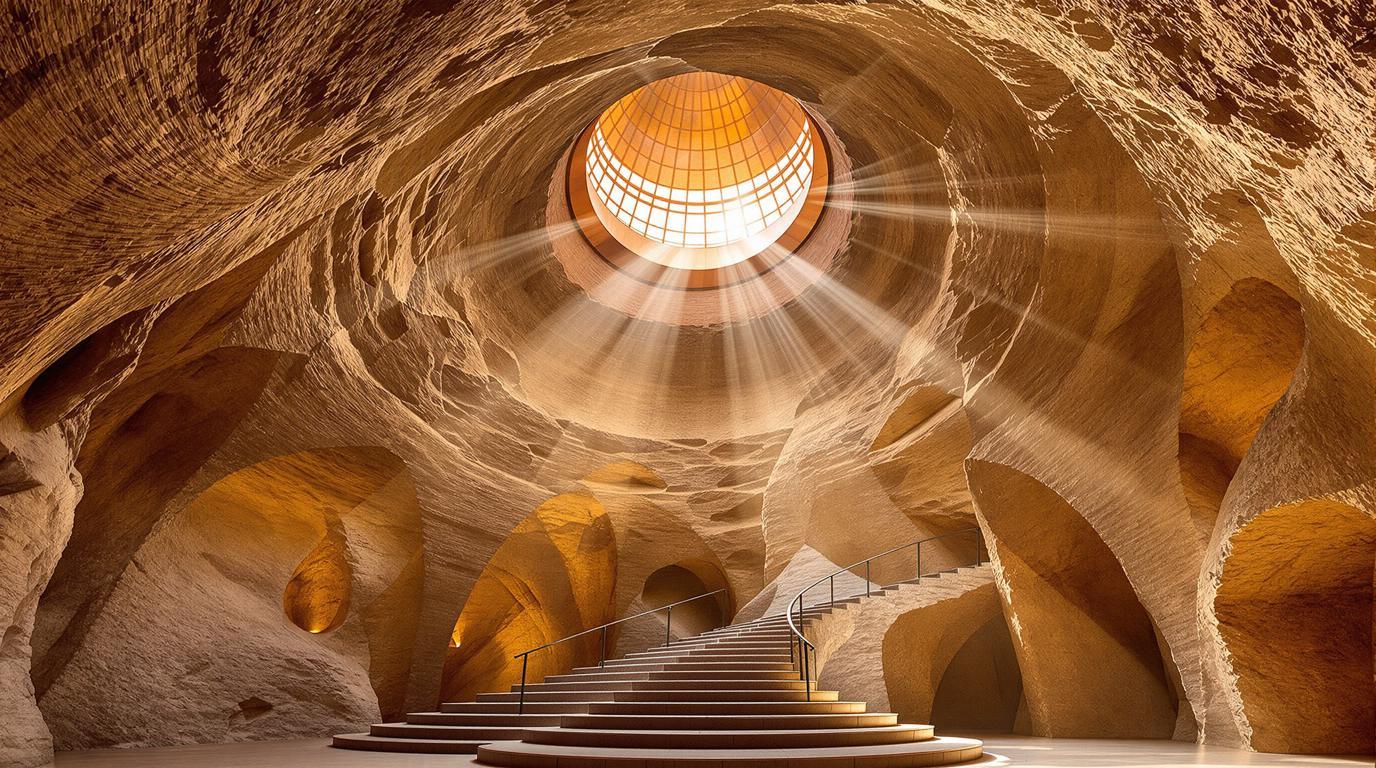Helsinki, the capital of Finland often overshadowed by its Scandinavian neighbors, delivers a magical blend of innovative design, maritime character, and Finnish practicality. At 60.1699° N, 24.9384° E, this Nordic gem surprises visitors with its perfect balance of urban sophistication and untamed natural beauty. Few realize that Helsinki was entirely rebuilt after a devastating fire in 1808, creating the neoclassical masterpiece we explore today.
The fortress island that guards Helsinki’s soul
Suomenlinna, a UNESCO World Heritage site sprawling across six connected islands, offers much more than typical fortress ruins. Built in 1748 as a defense against Russian expansion, this maritime fortress now hosts hidden beaches where locals swim in bracing Baltic waters between exploring museums housed in former military quarters.
“Suomenlinna isn’t just about history – it’s where Helsinki residents connect with both our past and the sea. In summer, watching sunset picnickers scattered across the fortress walls is to witness Finnish joy in its purest form,” shares Mikko Korhonen, local historian.
For the best experience, take the 20-minute ferry from Market Square and plan at least half a day to explore its museums, tunnels, and the unique King’s Gate – the original entrance to the fortress from the sea.
Where worship meets solid rock: Helsinki’s architectural marvel
Temppeliaukio Church (Rock Church) represents Finnish engineering at its most creative. Carved directly into solid bedrock in 1969, this circular church features a copper dome supported by concrete beams that allow natural light to flood the interior. The acoustics are so phenomenal that the space doubles as a concert venue.
What makes the church truly spectacular isn’t just its structure but how it harmonizes with Finland’s geological identity. The exposed rock walls maintain the exact texture and coloration of the natural granite, creating a space that feels both sacred and primordial.
The market square that feeds Helsinki’s soul
Kauppatori (Market Square) pulsates with Finnish culture year-round. Here, orange tents house vendors selling everything from reindeer jerky to cloudberry jam. In winter, try the local favorite – laskiaispulla, cardamom buns filled with almond paste and whipped cream.
The adjacent Old Market Hall (Vanha Kauppahalli), operating since 1889, provides shelter during Helsinki’s notorious weather shifts. Inside this brick building, food stalls offer a sophisticated introduction to Finnish cuisine – including the regional delicacies that showcase Nordic freshness.
Helsinki’s design district: where creativity flows
The Design District encompasses 25 streets and 200+ creative businesses showcasing why Finland dominates global design conversations. Finnish design philosophy emphasizes functionality without sacrificing beauty – qualities evident in stores selling handcrafted wooden utensils, minimalist furniture, and textiles featuring bold patterns.
Design Museum Helsinki offers context to this creative explosion, tracing how a young nation developed such a distinctive aesthetic that eventually produced icons like Marimekko and Iittala.
The sauna culture that reveals Finnish character
Understanding Helsinki requires experiencing Finnish sauna culture. Löyly, a contemporary public sauna complex, features minimalist wood architecture that contrasts beautifully with the rugged coastline. After intense heat sessions, locals plunge into the Baltic Sea – even through ice holes in winter.
“In sauna, we are all equal. No titles, no pretension. It’s where Finns are most authentic,” explains Sanna Mäkinen, longtime sauna enthusiast.
This tradition reveals the Finnish character: straightforward, resilient, and surprisingly comfortable with silence – much like other isolated communities surrounded by natural wonders.
Beyond Helsinki: Day trips to natural wonders
Just 35 kilometers east, Porvoo’s medieval town offers cobblestone streets lined with candy-colored wooden houses – a perfect contrast to Helsinki’s neoclassical elegance. The journey there includes stunning coastal landscapes worth exploring.
Nature enthusiasts should visit Nuuksio National Park, where ancient forests surrounding crystal-clear lakes create an environment where one might spot flying squirrels or elk. In winter, frozen lakes become natural skating rinks under starlit skies.
When to experience Helsinki’s dual personality
Helsinki transforms dramatically with the seasons. Summer brings 19-hour days when the city barely sleeps, with residents flocking to hidden beaches and island restaurants accessible only by boat.
Winter casts a different spell: steam rising from frozen harbors, northern lights potential, and cozy café culture that makes short days feel magical rather than oppressive.
Helsinki doesn’t seduce with Mediterranean drama or Alpine grandeur. Instead, it offers something more subtle: a city where innovative design meets pristine nature, where tradition and technology coexist in perfect harmony. It’s a place that doesn’t shout for attention but rewards those who listen carefully to its uniquely Finnish rhythm.
